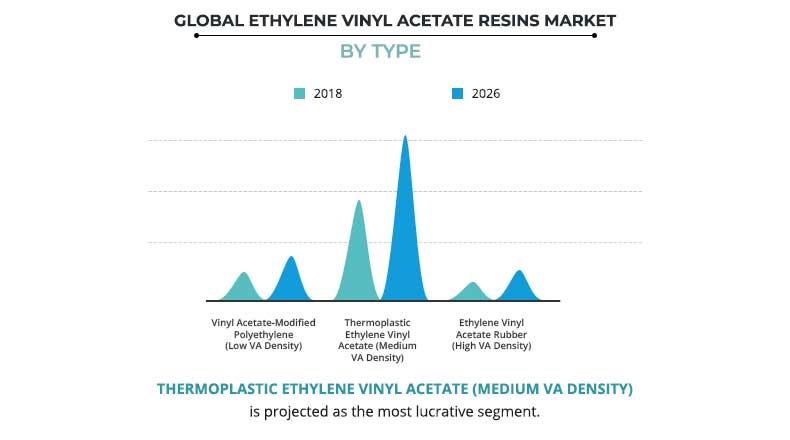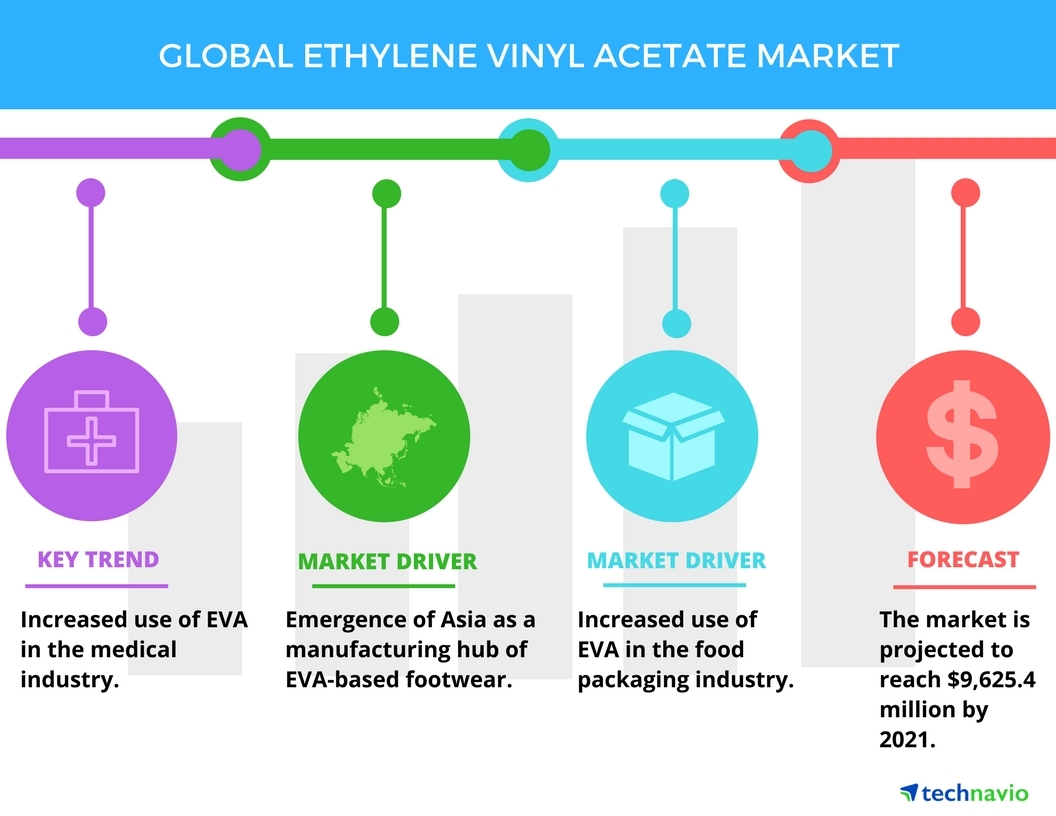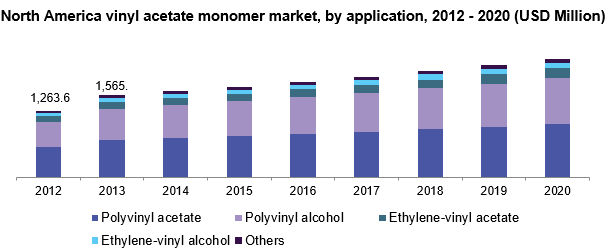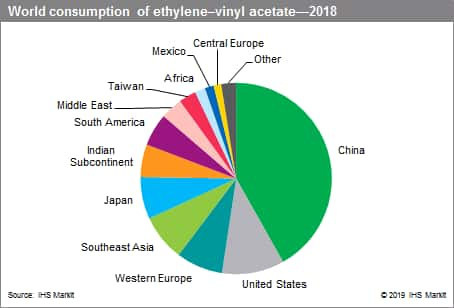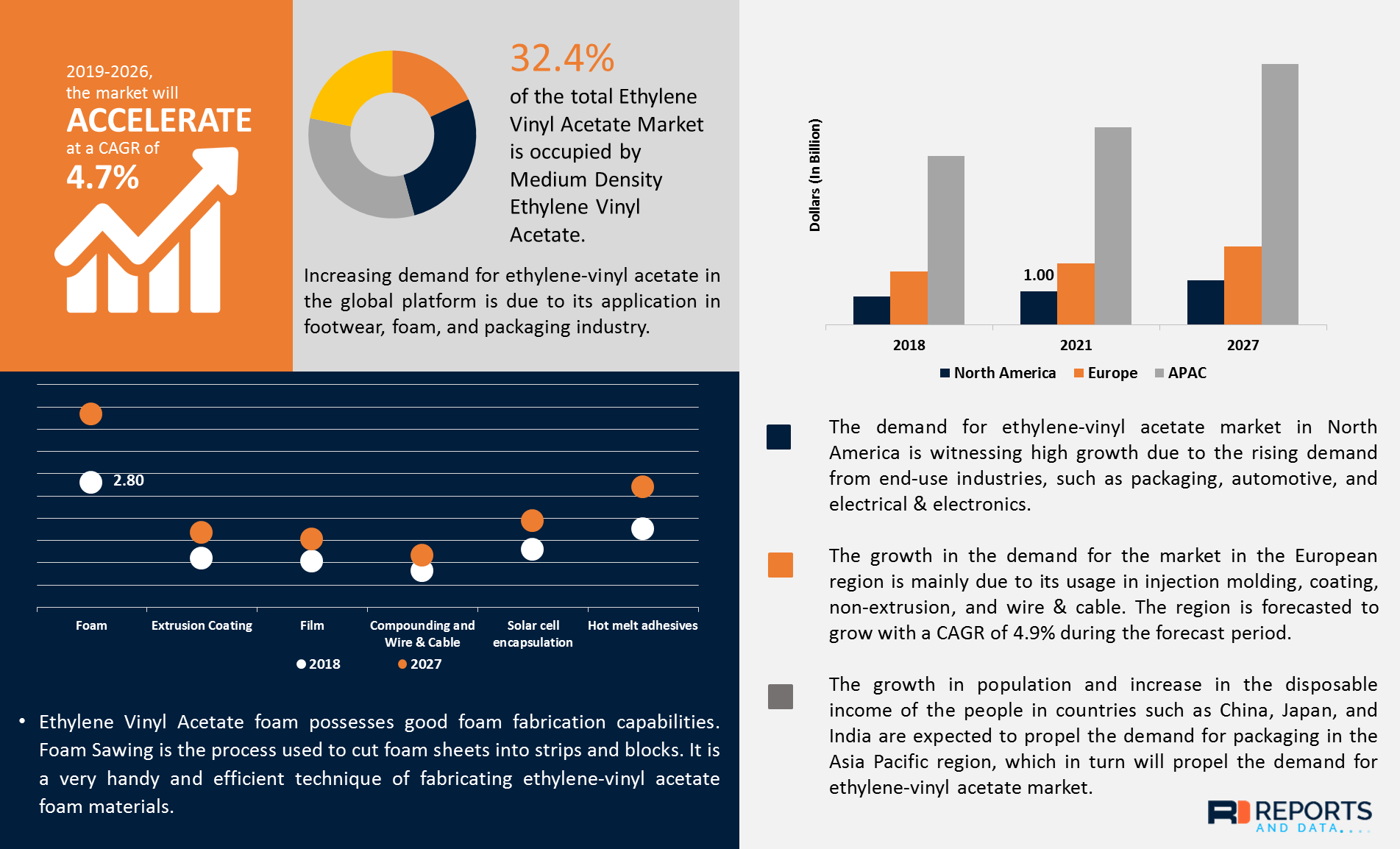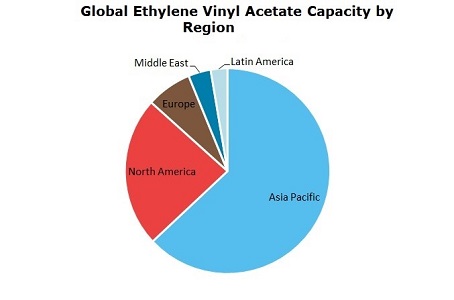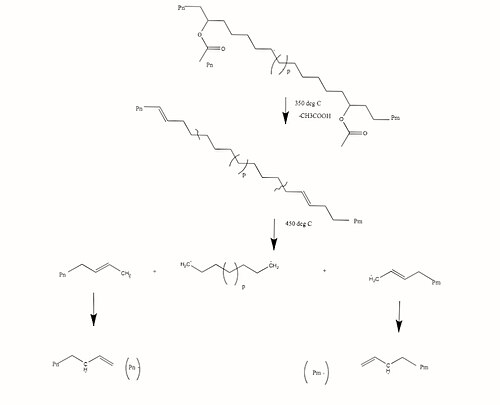There are three different types of eva copolymer which differ in the vinyl acetate va content and the way the materials are used.
Ethylene vinyl acetate environmental impact.
Although the synthetic polymer is a useful material for the athletic shoe industry it has become an environmental concern because of its poor biodegradability.
Added during the manufacturing process ecopure enhances the biodegradability of eva plastics and shortens the time plastics that have been disposed of.
Biodegradable ethylene vinyl acetate eva plastic is the copolymer of ethylene and vinyl acetate polymers.
It shows good chemical resistance.
Ethylene vinyl acetate offers good low temperature flexibility.
The food and drug administration fda has stated that ethylene vinyl acetate is safe when used in food production packaging or transportation and it s not an especially dangerous material.
Ethylene vinyl acetate is a type of plastic a polymer with a wide variety of uses both residential and industrial.
Eva is flexible has good clarity and is resistant to ultraviolet radiation.
It readily evaporates into air and dissolves easily in water.
The properties are largely dependent on the molecular weight and the vinyl acetate content.
Vinyl acetate is a clear colorless liquid.
The rationales which directly or indirectly impact the ethylene vinyl acetate industry are exemplified through parameters such as growth drivers restraints challenges and opportunities among.
Eva is used in several applications thanks to the varied properties it possesses.
Ethylene vinyl acetate eva also known as poly ethylene vinyl acetate peva is the copolymer of ethylene and vinyl acetate the weight percent of vinyl acetate usually varies from 10 to 40 with the remainder being ethylene.
Ethylene vinyl acetate properties ethylene vinyl acetate is a flexible and transparent thermoplastic.
Eva shows good barrier and stretch properties.
It has a sweet pleasant fruity smell but the odor may be sharp and irritating to some people.

